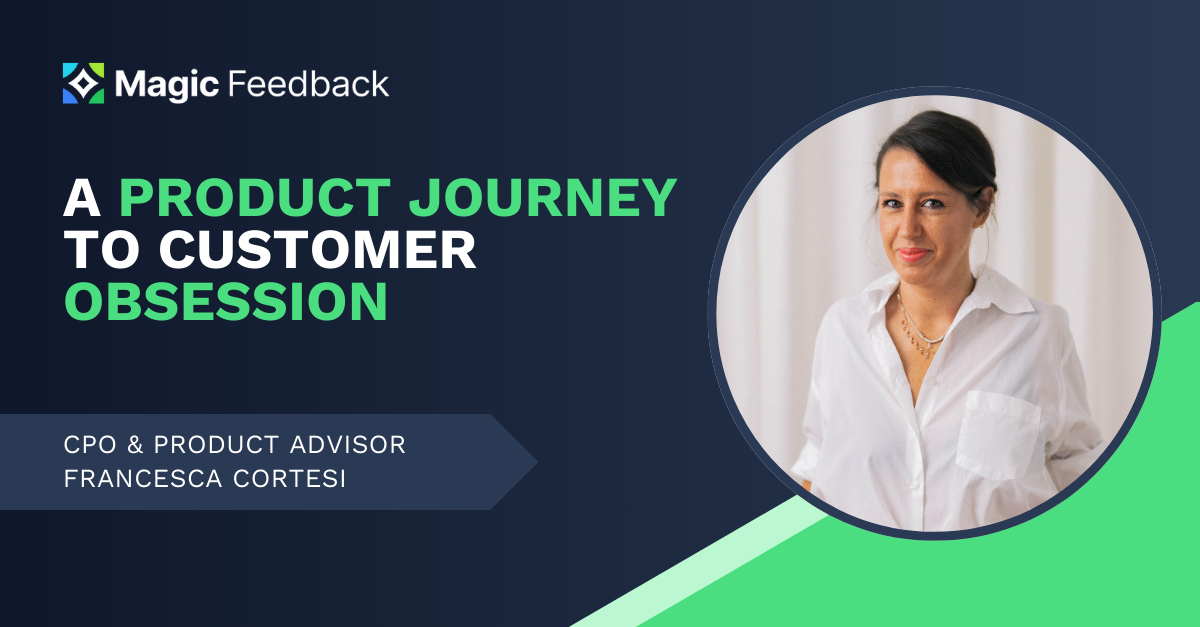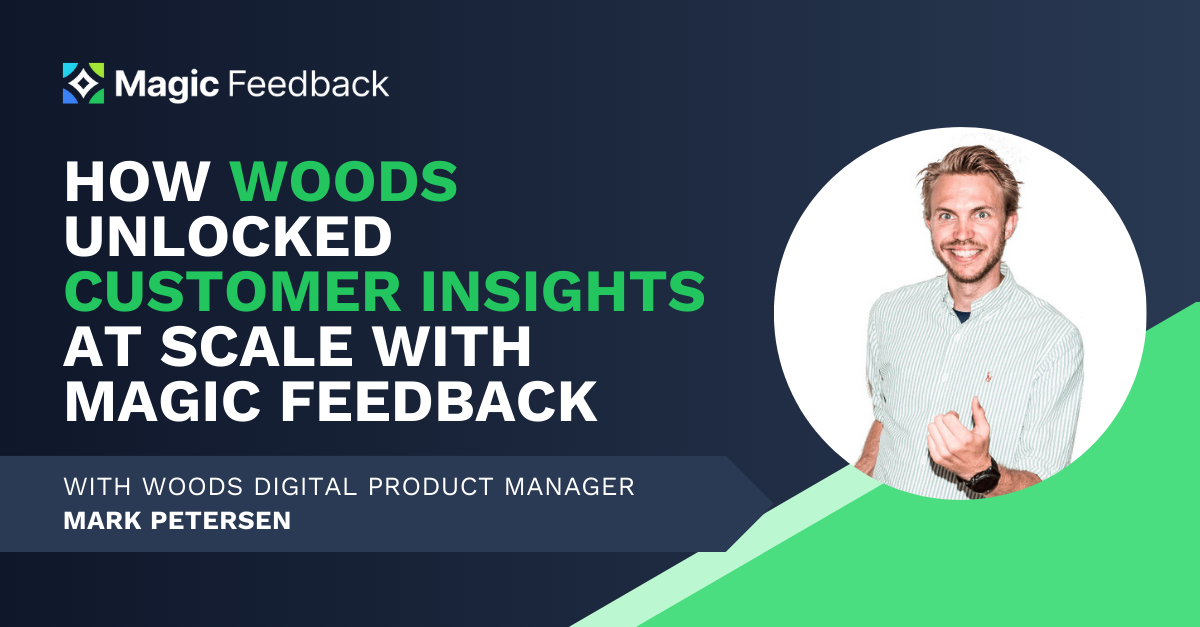
For this thought leadership article I sat down with Francesca Cortesi, an inspiring product leader and one of the true advocates for equality in the product space. Francesca, defines herself as a product lover, she has been the Chief Product Officer at Hemnet, the largest real estate portal in Sweden, for almost six years. She is about to embark on a solo entrepreneurial journey to support companies with their product growth. Francesca shares with us her practical tips on giving women a seat at the product table and how to build customer obsession culture.
What drew her towards the discipline?
“What I like about product is the possibility of solving customer problems and doing it in a way that creates value both for the customers and for the business.”
Her career progression was trial and error. Just as the job of the Product Manager is trial and error.
“I didn’t have it all planned out from the beginning, exactly as you do with product. You have an idea, you start executing on it, you get feedback, and then adapt from there. That’s exactly what I did with my career. I didn’t know I wanted to work with a product; I discovered it. I started to realize, “Okay, I’m good at this,” and I got positive feedback and then some doors opened.”
What’s her advice for people starting in product?
“The first thing is, you can have confidence that product people come in many shapes and forms. I talk with a lot of product people, and I can guarantee you that you don’t have to have a specific background. I mean, any single background could be beneficial. It’s more your attitude to it. So I think the first thing you have to take with you if you want to break into product is to believe that you can.”
For all of us in product out there, who don’t come from engineering backgrounds, this is really encouraging. She continues with invaluable advice on how to break in.
“The other thing is, you can break into product in two ways. If you have the passion, you can start from where you are, you might be an engineer, you might be a designer, you might be a project manager, as I was, and then you find someone that gives you the chance. It might be in the company where you’re at, and you start, you know, there. You can start small, don’t ask them to give you an entire product team if you’ve never done it, but maybe you can run, I don’t know, one thing in the backlog or something like that.”
To those that are not so lucky to have the chance to progress into product in their own company she has a different advice.
“However, there are a lot of people that are not so lucky to have that opportunity in their company. To them I would say, start doing product work on your own to break into product management. Start thinking about a product that you like and thinking how would you change it? What would you do with it? Is there a feature that they have like a black spot on? And reach out to those people. Be really proactive in both how you think and how you reach out to people.”
The most important thing is not what you do really, but how you approach the transition. Your attitude. As Francesca highlights:
“Don’t wait for things to happen to you. That’s also a really important trait for a PM. Make things happen.”
What is one advice that she got earlier in her career that has stayed with her?
“We PMs, we are overachievers. Otherwise you’re not going to get into that line of work. The thing is, you don’t have to have all the answers, before you ask the questions. You don’t have to have it all perfect. So don’t put so much pressure on yourself. Remember that product is a team sport, and then the sooner you involve others the better it’s going to be. “
She is an incredible role model for women, and a really outspoken advocate. It was from her that I learned that only 30% of the people in product are women.
“I try to be a voice as much as I can, I wish I had the solution to this. I really wish I had, and I mean, I think this is a really complex problem. It’s really rooted in society. Small girls are encouraged to work with, let’s say more arts or with writing. They don’t push toward mathematics or to engineering. The thing is, if you don’t believe that young girl can do it. Then already from this young age they will not even dream about it. So that’s the first step.”
For her, the bias starts at an early age and continues throughout our careers. For example in recruitment.
“There is a bias in recruiting. I mean, that is general in every line of work. The 30% number of females in product, is pretty close to the number of female executives worldwide. Even so, we have evidence that women executives actually bring good results to the companies they work for. This is because you have the bias when you hire someone that is close to you and we unfortunately have many white men that hold those positions and that hire white men.”
She believes the real difference will happen, when each one of us helps. Even small steps, in our immediate surroundings.
“If you have kids you can start with your daughters. Or with your family and friends, encourage them, show them that if they want it they can do it. “
The reason she is so vocal?
“My message and why I try to talk about this is that anyone can do something and if we all start doing these small things, I think we can come pretty far.”
One of the things Francesca is known for, is her passion for building customer obsession in Hemnet. I was curious how she built such an inspiring culture from the ground up.
“To me the biggest thing and the biggest shift we’ve done, is that to be customer obsessed you need to have this habit of talking with customers. That is the single most important thing you can do. And you need to do it at least bi-weekly.”
How was she able to not only introduce this habit, but ensure that it is something that stays?
“If I can give one really concrete tip, the biggest obstacle for us, was the high administration tax it would take. So I experimented a lot together with the team, and what we found that works for us is that we decided to all share this administrative burden. So now each of us only needs to do it once every two months, and that is fine.”
Any other practical tips, for those of us on the same journey?
“We always have two people in the interview, so one takes notes and the other one listens. This way you don’t have the extra work after. There are some small tweaks, but those are the ones that will actually make you talk to customers more often.”


